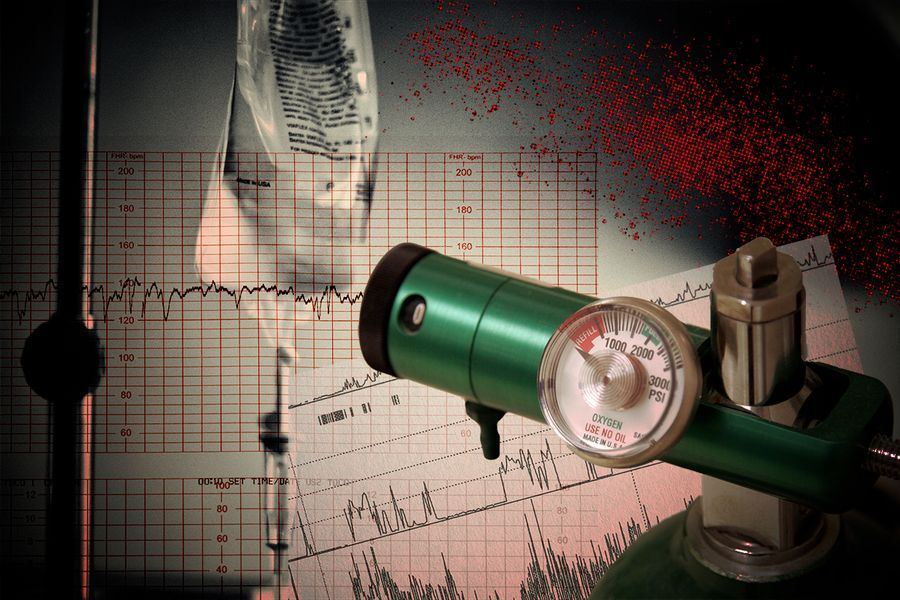
Blood poisoning, or sepsis, has a rapid and insidious course that in the United States alone costs 270,000 lives each year. Doctors do not have much time to administer the correct treatment when the patient's blood pressure drops or vital organs begin to give up.
A major problem is that there isn't one set of treatments that's always right, instead, different treatments are best suited for different disease processes. It is clear that the wrong treatment can make things worse. A study from MIT in the USA shows that twelve percent of the treatments that were instituted against blood poisoning instead made the patients sicker.
To help doctors quickly assess which treatments involve the greatest risk, a research team from MIT has developed a machine learning model that shows how great a risk each treatment entails for the patient. The model also shows how much time the doctor has before it's too late to start any treatment at all, or in less delicate terms, when the patient's condition is so severe he will die no matter what the doctor does.
Early tests show that the model can give doctors additional time to avoid bad treatments and focus on those that pose the least risk to patients.
"We see that our model predicts which patients will get much worse almost eight hours before a doctor. This is very important because every minute counts in these sensitive situations. Knowing how the patient's condition develops and what risk each treatment entails for that patient is of utmost importance", says Taylor Killian, a research student at MIT and one of the researchers behind the model, in a comment to MIT News.
The fact that the researchers focused on which treatments were the worst instead of which were the best is due to the fact that less data is required to see what does not work. The aim was to ensure that the treatment never ended up in a dead-end where no further action could be taken due to previous wrong decisions.
Read the full study here.




